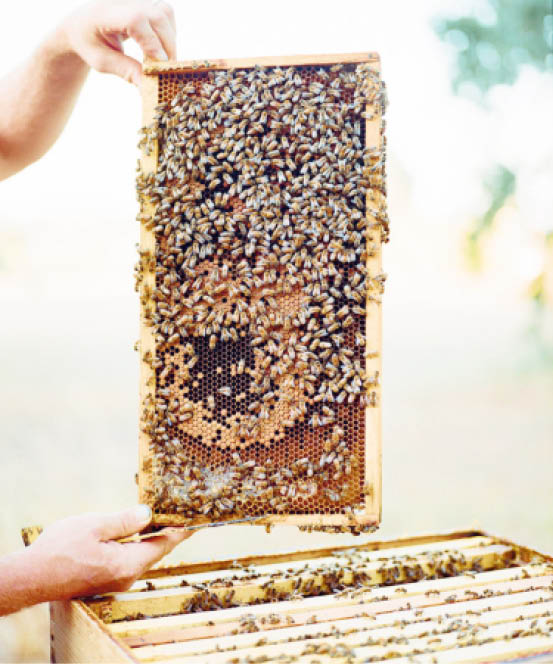A beginner’s guide to beekeeping
If the thought of keeping your own bees appeals to you, read on. We’ll explain the basics of beekeeping for the beginner, whether you’re a backyard beekeeper, homesteader, hobby farmer, or a small farmer looking to start a business selling honey and other bee products. It’s fairly simple to learn how to keep bees. There […]

If the thought of keeping your own bees appeals to you, read on. We’ll explain the basics of beekeeping for the beginner, whether you’re a backyard beekeeper, homesteader, hobby farmer, or a small farmer looking to start a business selling honey and other bee products. It’s fairly simple to learn how to keep bees.
There are some factors to consider before embarking on a beekeeping adventure, so before you dive in, consider whether keeping bees is right for you.
Cotton: Ogun allocates 10,000 hectares of land to farmers
Cost of farm inputs: Women farmers cry for help
Study all about bees
There are lots of books on beekeeping, and learning all you can about these sweet little insects can help you start your hives off on the right foot. Read as much as you can so that when your bees arrive; you’ll be ready to go and know how to keep bees.
Learn how bees make honey
Before you jump in and start ordering supplies, let’s take a step back and understand exactly how a hive works and what bees do. Bees make nests in nature, fly to flowers and extract nectar, then bring the nectar back to the hive and comb, where it slowly becomes honey.
Connect with your local beekeeping organizations
In beekeeping, some details can be specific to your local area. The nature of beekeeping means that you’ll be most successful if you have strong local resources to draw on: someone to come check your hive or help you find your queen if needed, for example. Reach out and find your local beekeeping association and go to meetings. Some associations offer mentors who can be invaluable in helping you during your first season.1
Learn how to set up your beehive
To keep bees, you need a beehive. In the wild, bees build their own hive, usually in a hollow tree trunk or another sheltered place, but it can be anywhere. As a backyard beekeeper, you will provide a man-made hive for your bees so you can help maintain the colony and easily harvest the honey.
There are a few different choices for the backyard or larger-scale beekeeper. Langstroth and top-bar hives are the most commonly found types.
Learn about beekeeping tasks
What is involved in taking care of your bees? Much like gardening, beekeeping tasks are best divided by the season. The best time to start your hive is in the spring so that the colony you begin with has time to build up, lay brood (baby bees), increase in number, and store honey before the winter sets in.
Gather your beekeeping supplies
What do you need to really get started beekeeping? Learn about the essential supplies and what you can do without for now. Remember: start small, so you can make adjustments if you change your mind later. Some supplies are better purchased in person, while others can be ordered online.
Order your honey bees
Once you’ve gathered your supplies and amassed plenty of beekeeping knowledge, it’s time to order your bees! You will likely order what are called “package bees” and a queen, or a “nuc colony.” Of the two, a nuc colony is a more established set of bees with a queen who has already started laying brood. It can give your hive a head start if you’re able to get one.
Source: The Spruce
